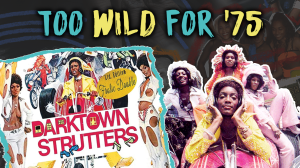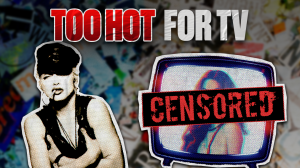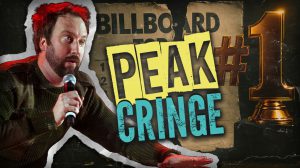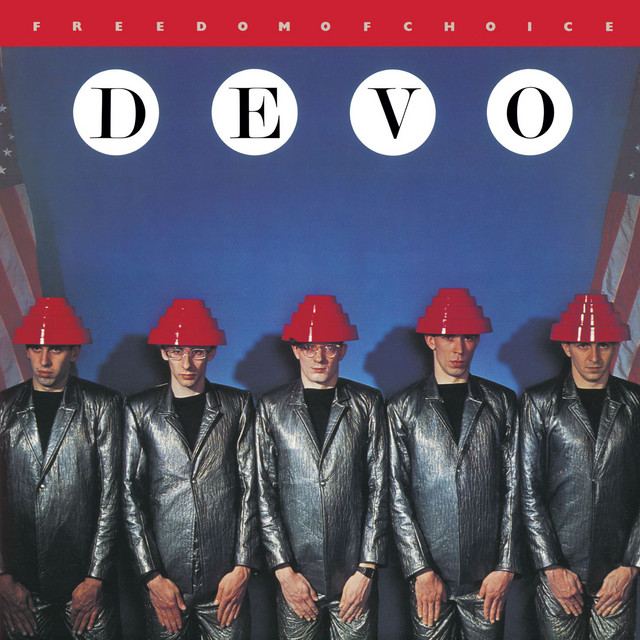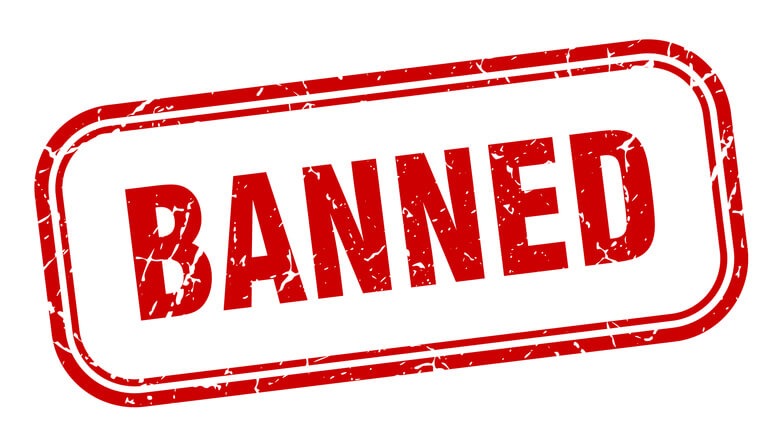
Parents in the 1940s unknowingly brought deadly dangers into their homes. Toy rockets with sharp points caused eye injuries while cap guns damaged children’s hearing with real explosives. Dolls contained small choking hazards alongside toxic lead-based paints and inks. Modern safety regulations now protect children from these once-common hazards. The toys we remember with nostalgia nearly killed a generation.
13. Lead-Based Toy Soldiers

William Britain and Britain’s Limited pumped out miniature armies made from lead-tin alloys and coated in lead-based paints. Kids who put these in their mouths faced serious lead poisoning. It’s pretty simple: toy soldiers shouldn’t poison children. Today’s regulations banned this toxic nonsense, and Britain’s Limited switched to materials that don’t damage developing brains.
12. Toy Cars Painted with Lead-Based Paints

Those vibrantly colored toy cars from Dinky Toys and Barclay Manufacturing Company looked amazing—because they were covered in lead-based paint. Chewing on these cars (as kids do) caused lead poisoning and neurological damage. The bright colors came with a dark price tag of brain damage. Modern regulations forced companies to use non-toxic paints, and both brands eventually pivoted to lead-free products.
11. Paper Dolls with Lead-Based Inks
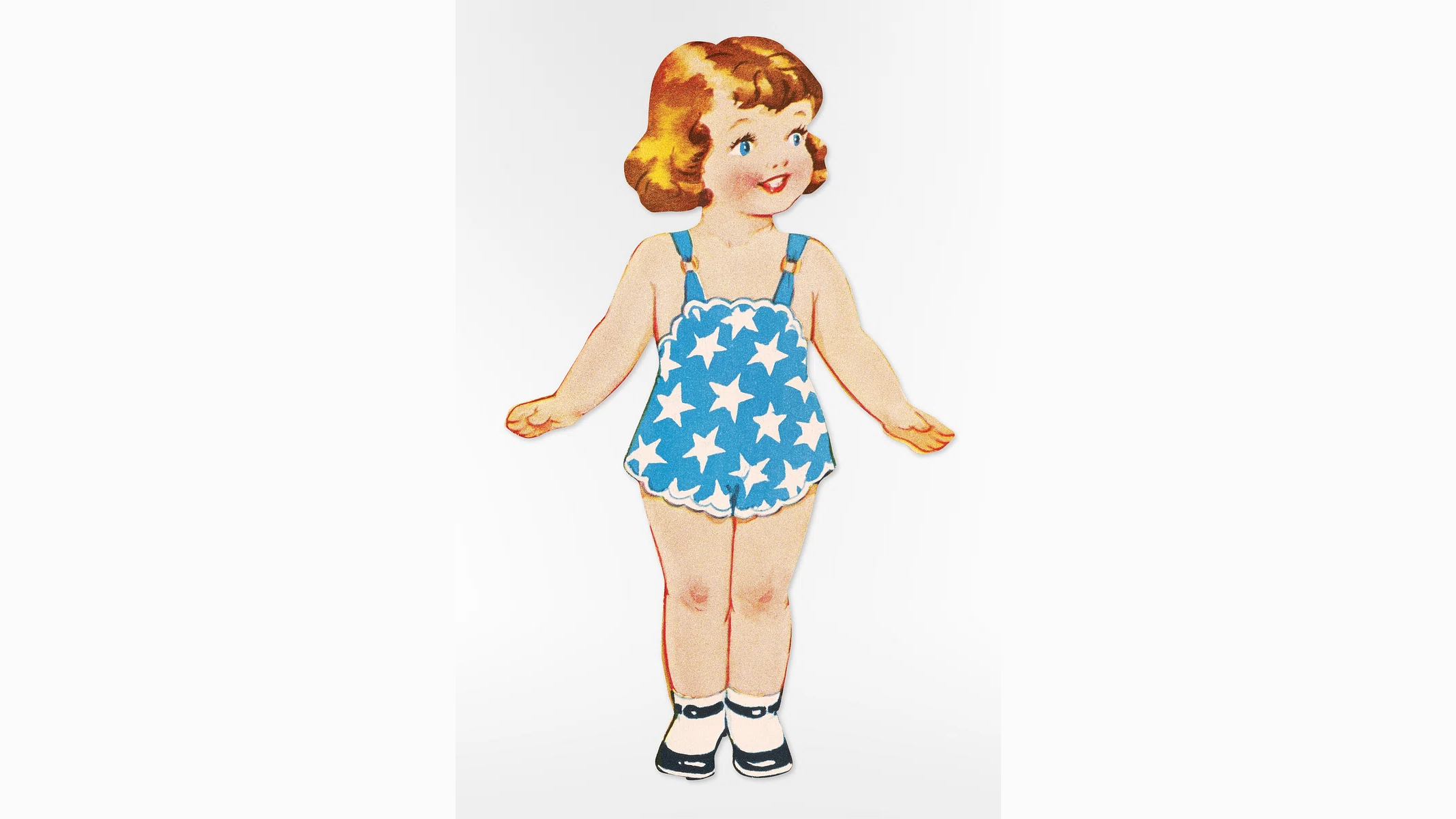
Paper dolls created by Saalfield and Whitman Publishing contained toxic lead-based inks. Just handling these dolls risked lead exposure. Kids literally couldn’t play with these without risking poisoning. The industry eventually switched to safer inks, but not before countless children were exposed to harmful heavy metals through what should have been innocent play.
10. Rocket Guns with Sharp Points

Dangerous projectiles with sharp pointed tips fired from rocket guns made by Daisy Manufacturing Company. Kids shooting each other with these caused exactly what you’d expect: punctures and eye injuries. These toys were eventually banned because they were basically bizarre gadgets marketed as toys. The company now produces air rifles with actual safety standards, but only after enough kids got hurt to force regulatory changes.
9. Toy Swords with Sharp Metal Blades

Actual sharp metal blades featured prominently in toy swords crafted by Wyandotte Toys and Marks Toys. Children slashed and stabbed themselves and others regularly. These weren’t pretend weapons—they were actual weapons marketed to children. Modern toy swords use soft materials because we finally realized giving kids metal blades was a terrible idea.
8. Toy Guns with Explosive Caps

Cap guns from Daisy and Kilgore used actual explosive materials in their design. These toys caused burns and hearing damage during normal play. Can you imagine giving a modern kid a toy that explodes next to their ear? New regulations forced manufacturers to reduce explosive chemicals, and Daisy pivoted to safer products—after the damage was done.
7. Chemistry Sets with Dangerous Chemicals

Inside the chemistry sets sold by AC Gilbert and Porter Chemical Company lurked mercury, radium, and sulfuric acid. These weren’t just slightly dangerous—they contained actual poisons and radioactive materials. Kids literally played with cancer-causing substances for fun. Safety regulations eventually forced companies to stop including literal poison in children’s toys.
6. Inflatable Balloons with Harmful Chemicals

When inflated, balloons produced by the United States Rubber Company (now Uniroyal) released toxic chemicals. Kids would literally blow up these toxic bubbles and then put their mouths on them again. Burst balloons also posed serious choking hazards. Modern balloons use safer materials like latex, but the original designs were breathing hazards.
5. Toy Ironing Boards with Real Heaters

The Wolverine Toy Company’s ironing boards featured actual heating elements that could reach dangerous temperatures. Burns were common when kids played house with toys that could actually burn down a house. The company eventually redesigned these toys without heat elements after enough children suffered burns. Today’s toy irons don’t produce heat because we’ve learned giving kids hot objects isn’t smart.
4. Creepy Crawlers

Hot plates in Mattel’s Creepy Crawlers posed serious burn risks to children. The plastic fumes were also toxic to breathe. Kids literally cooked plastic and breathed in the fumes while risking severe burns. Mattel eventually reintroduced a safer version, but only after the original burned enough children to force a redesign.
3. Doll Heads with Removable Parts

Small detachable parts characterized the dolls produced by Ideal Toy Company and F&B. These tiny pieces were perfect choking hazards for young children. And bonus hazard: the plastic doll heads also contained lead. Modern dolls meet safety standards that prevent small parts from becoming lodged in children’s throats.
2. Bakelite Toys

When dropped or thrown, toys made from Bakelite by Bite Corporation and Cataline Corporation shattered into sharp pieces. Kids regularly cut themselves on the jagged shards. Other household products from the 1970s, such as glass baby bottles, also posed serious risks to kids and caregivers. Today’s plastics are stronger, safer, and designed not to create improvised weapons when dropped.
1. Glass Marbles

Ali Agot and Acro Agot marketed small glass spheres that were perfect choking hazards. Small, round, and attractive to put in mouths—these toys were basically designed to block airways. Current guidelines prevent tiny parts in toys for young children because we’ve recognized that kids shouldn’t play with choking hazards.




